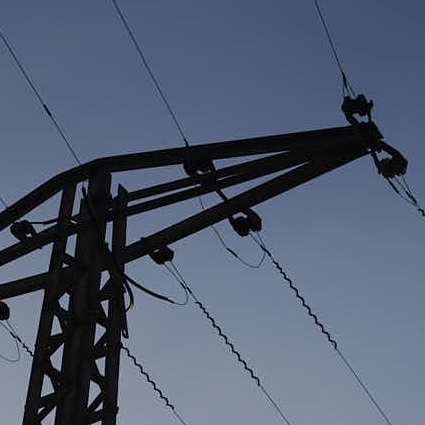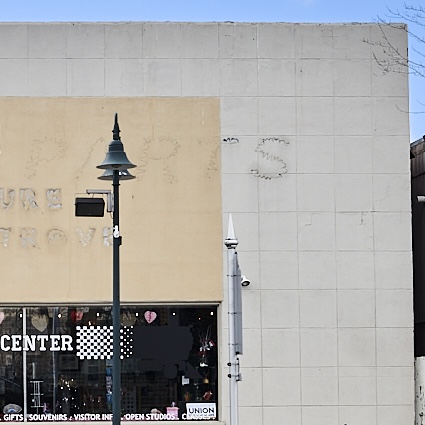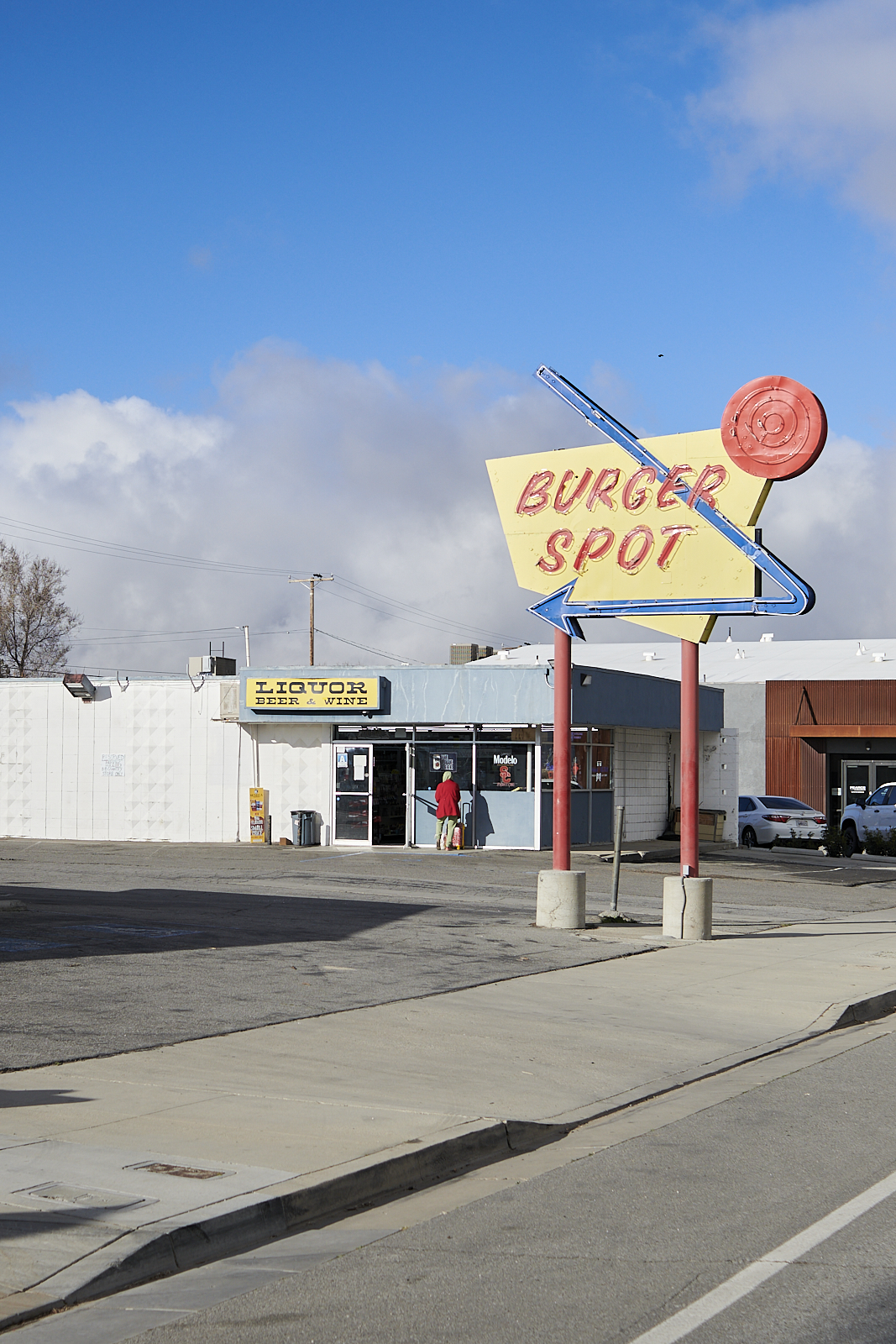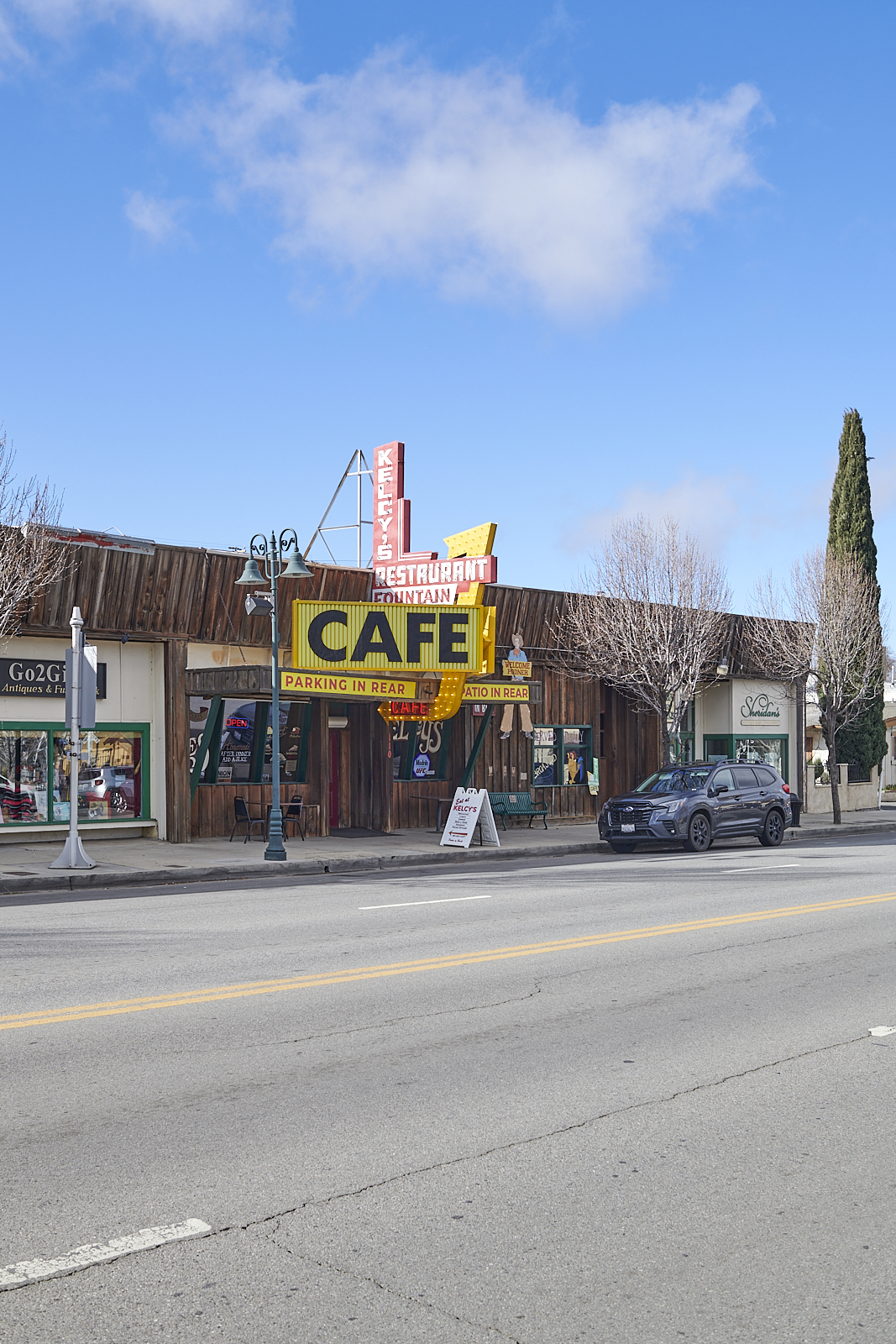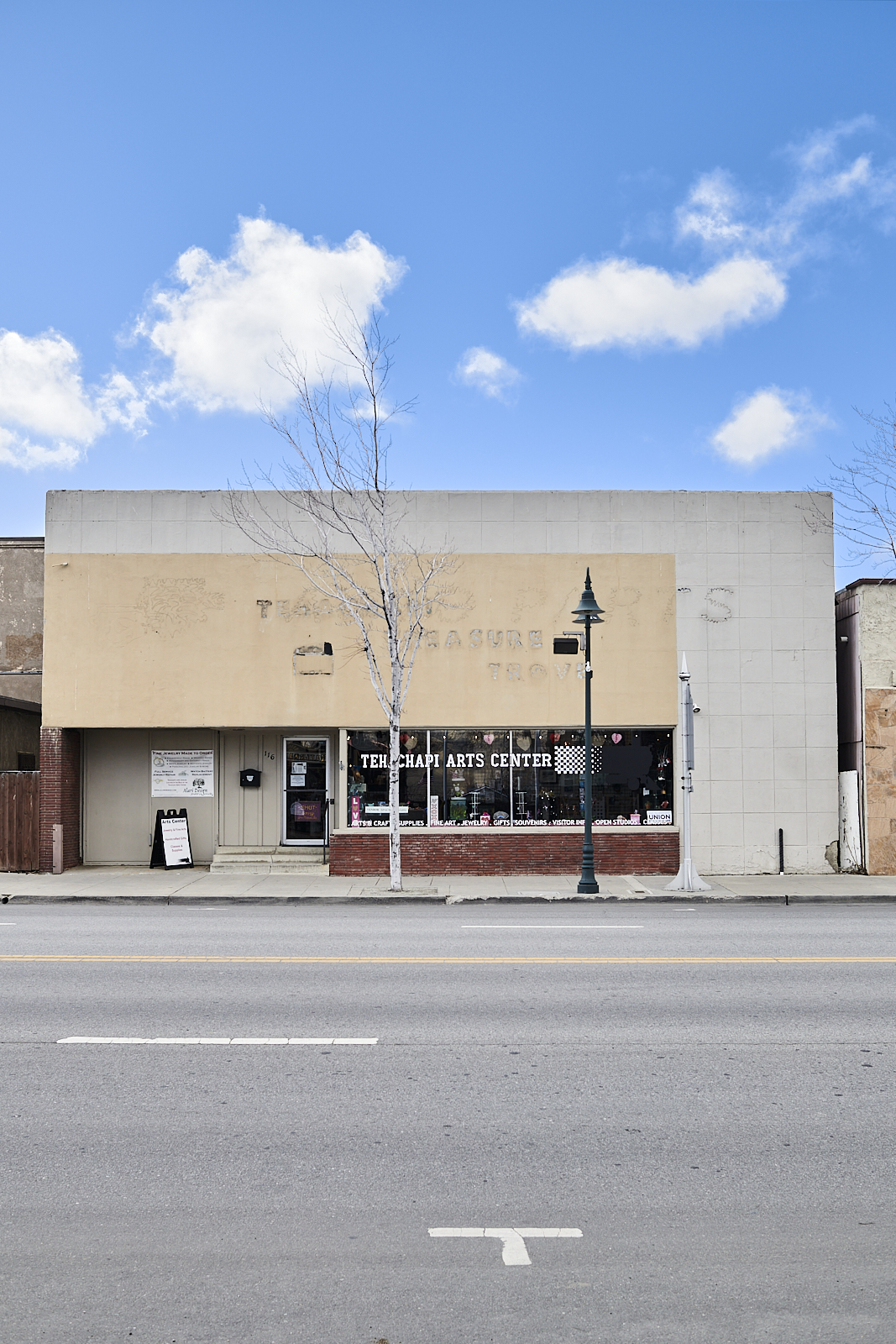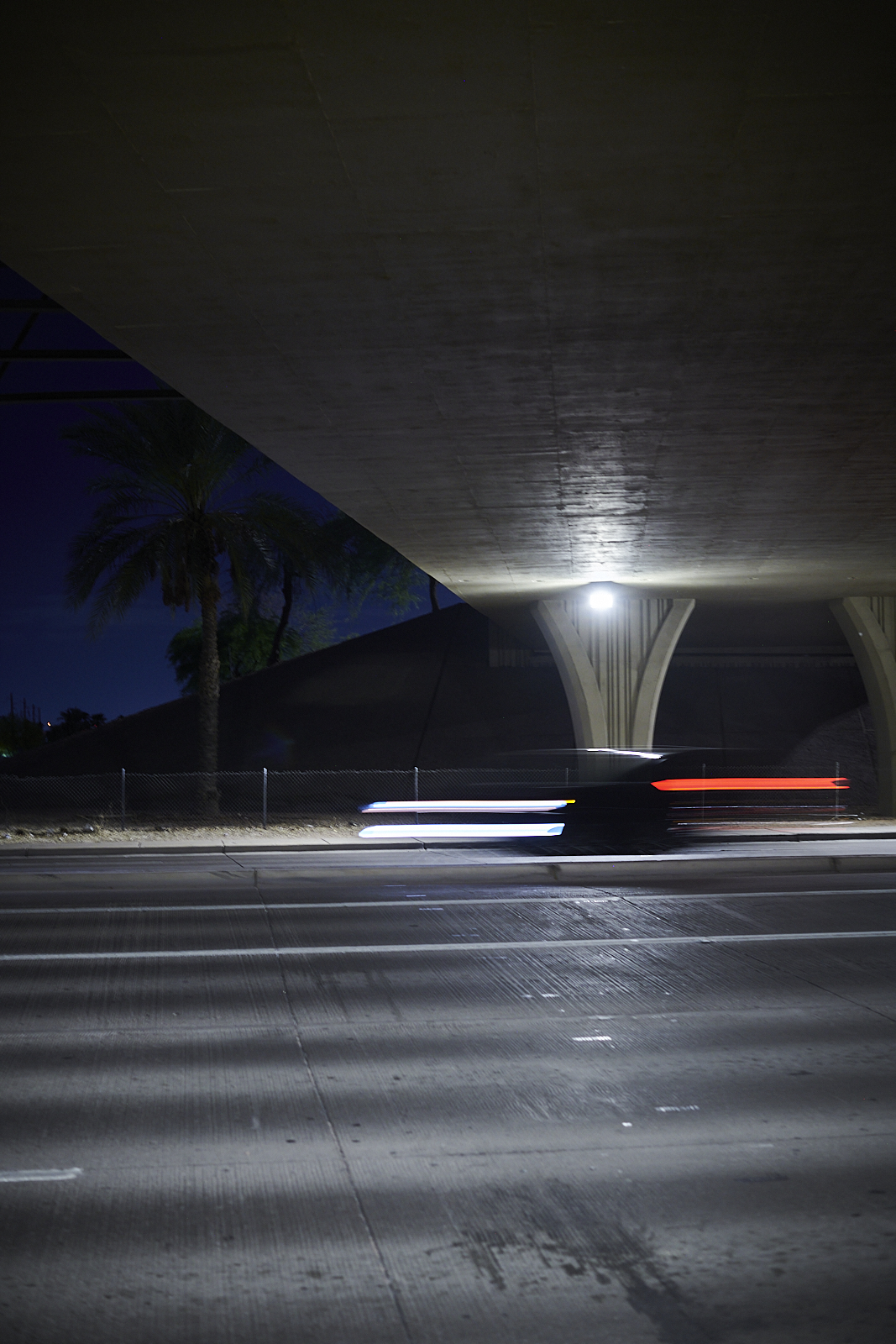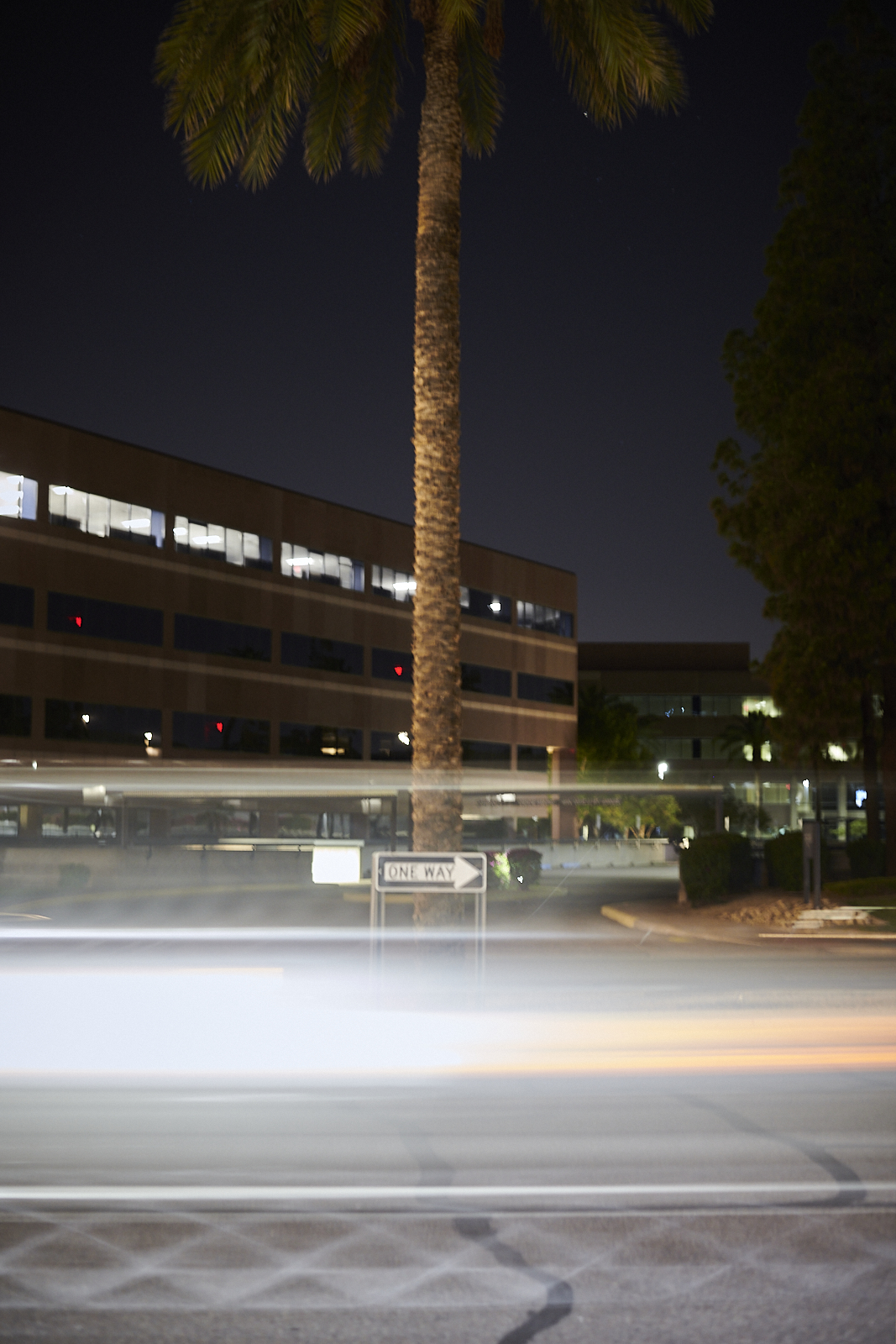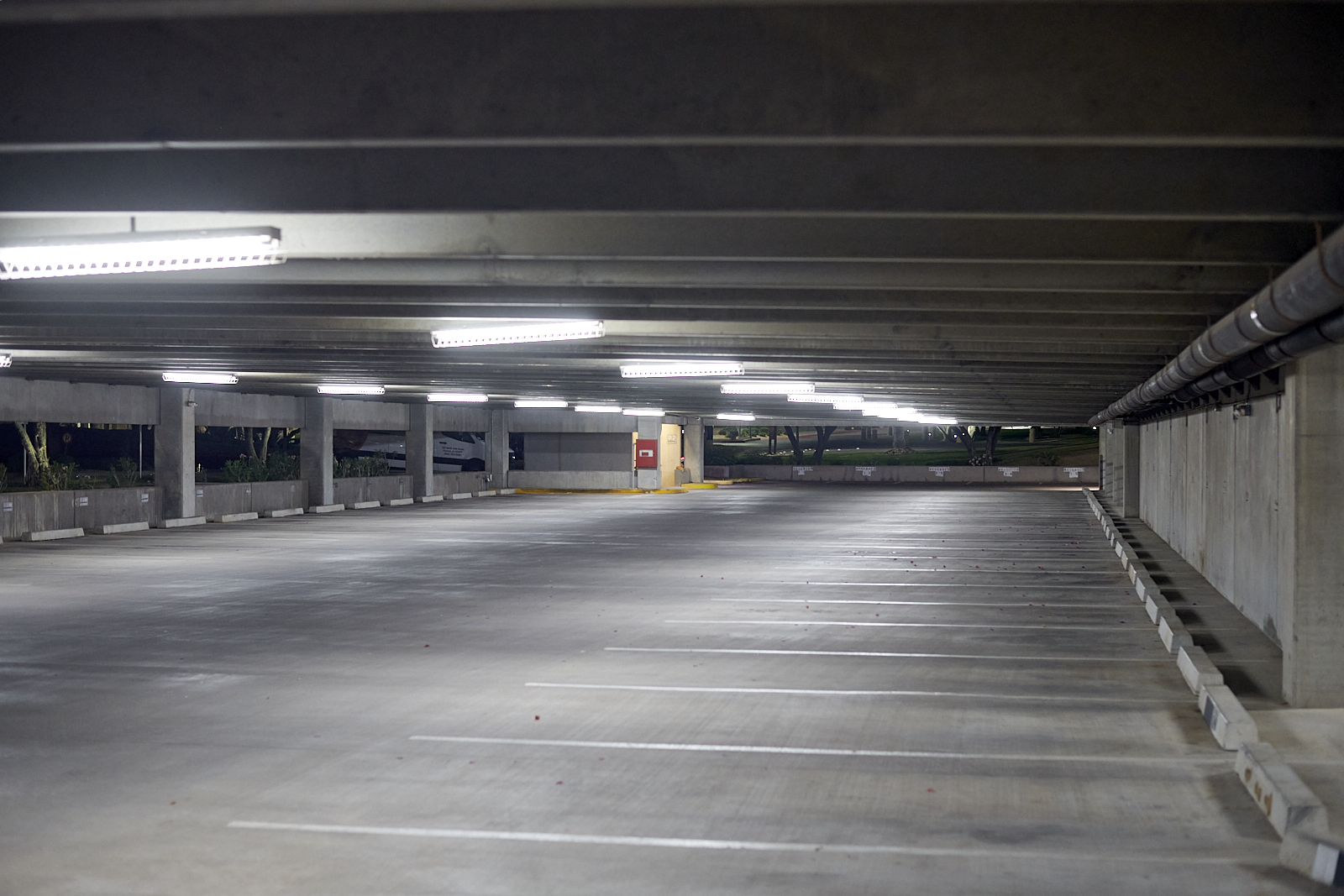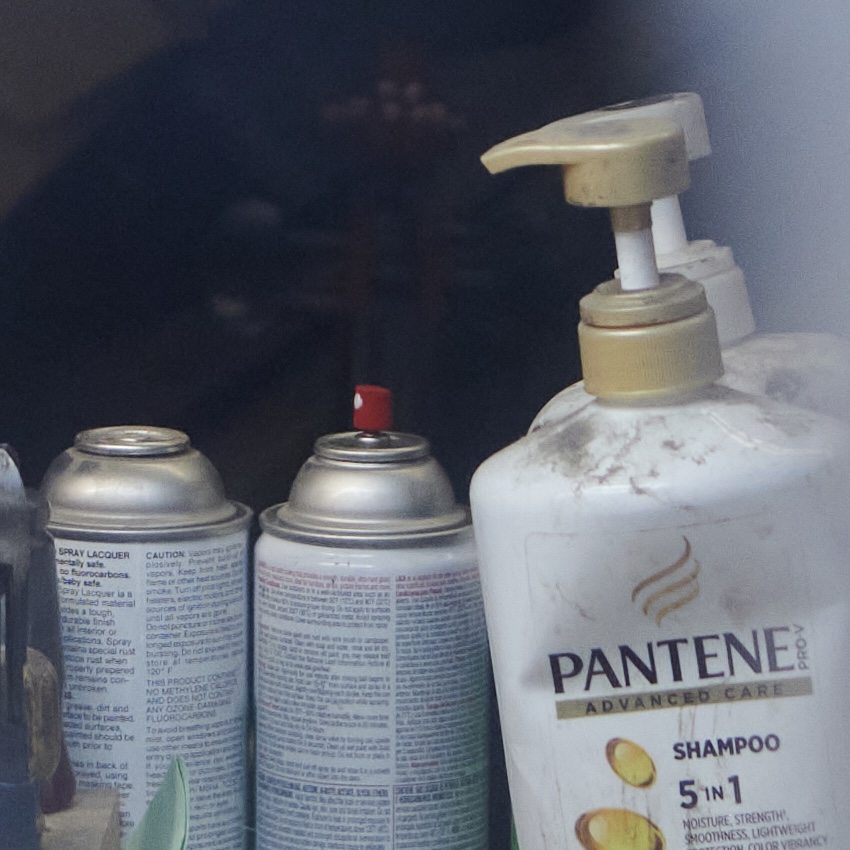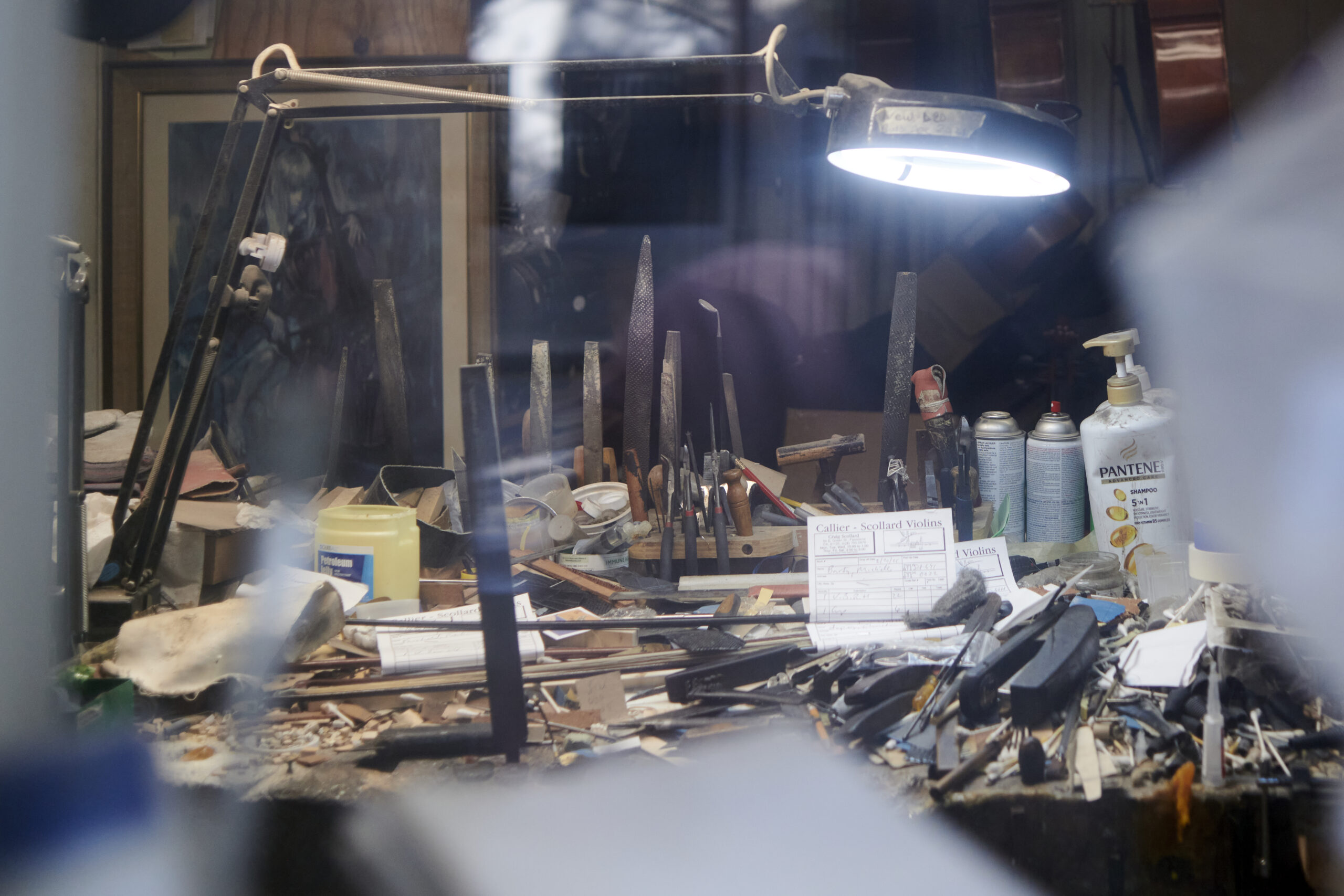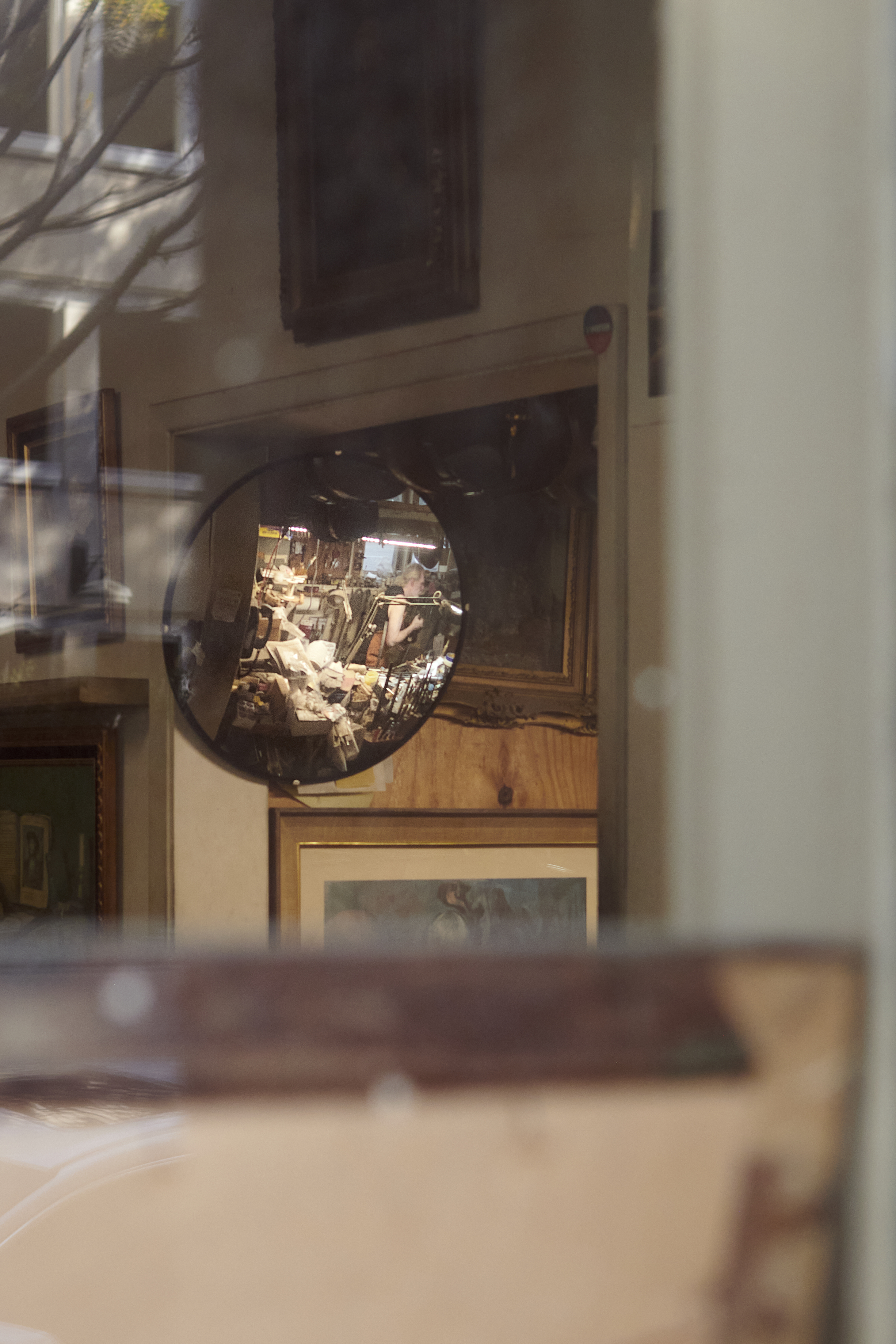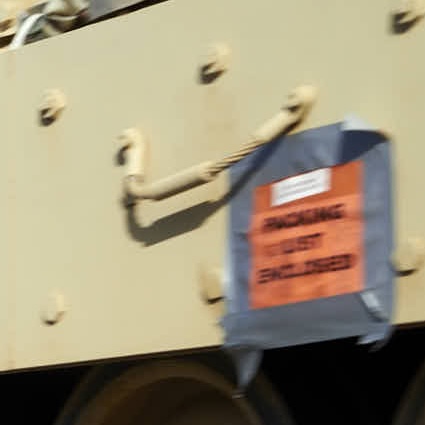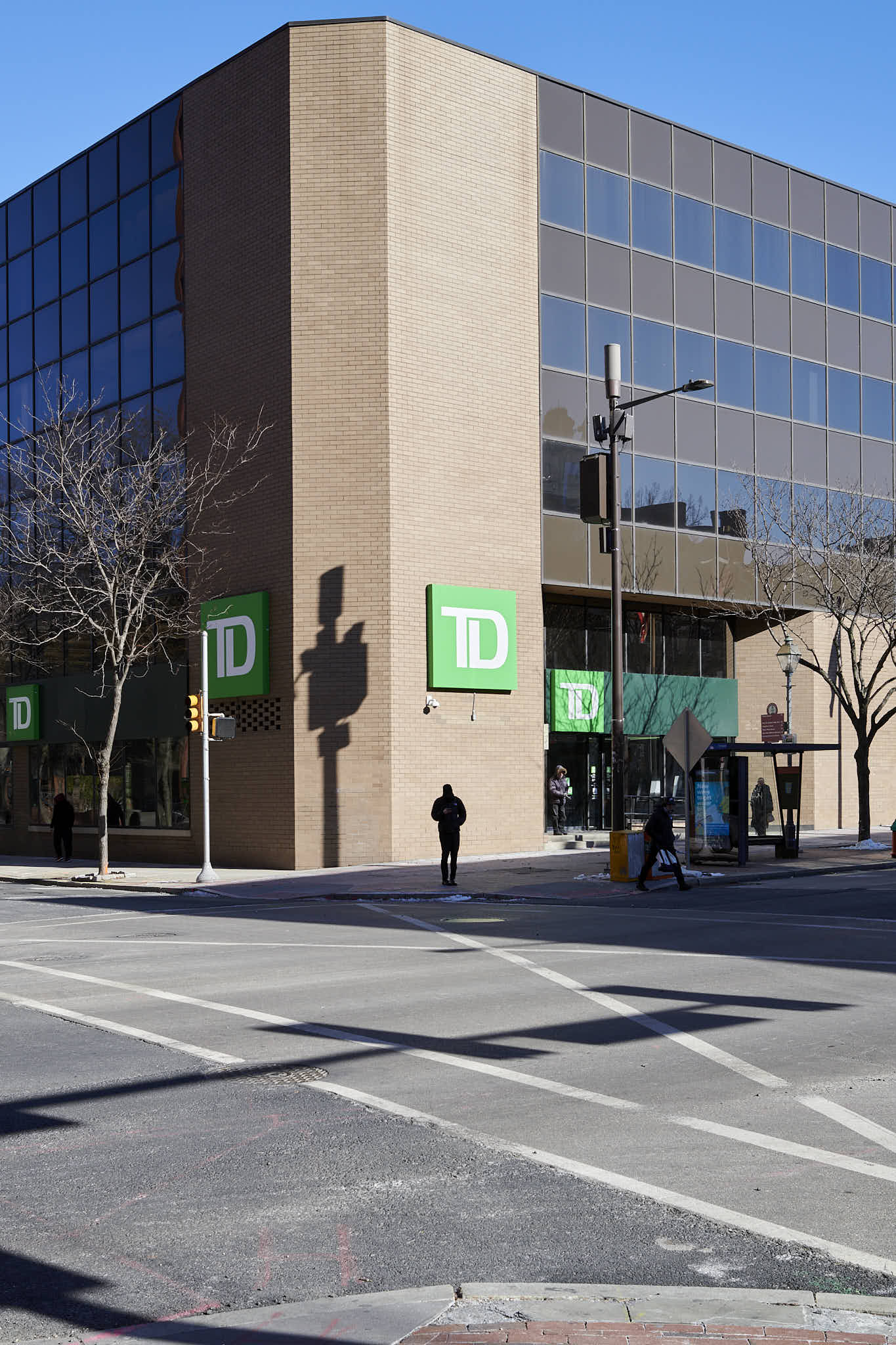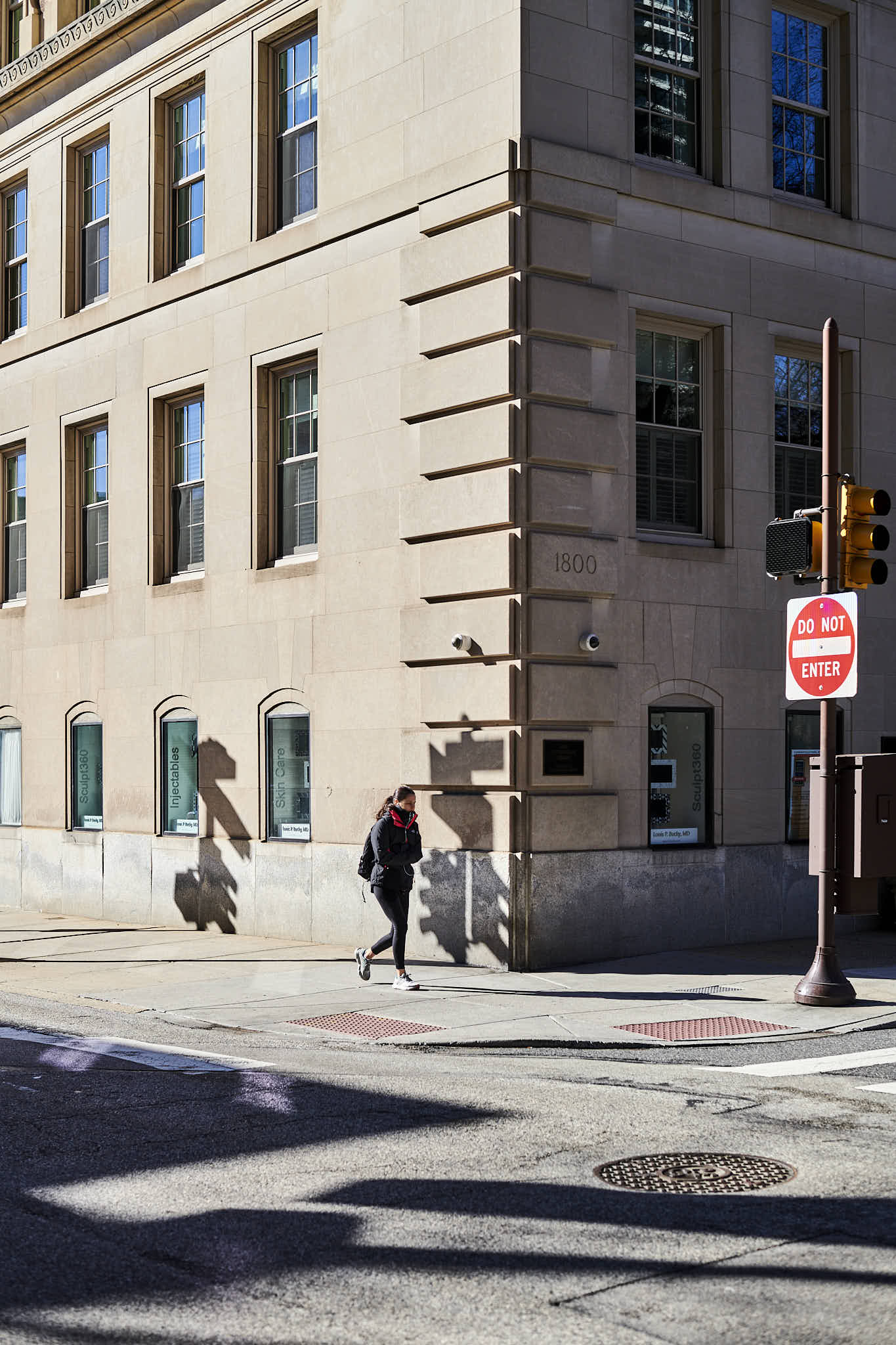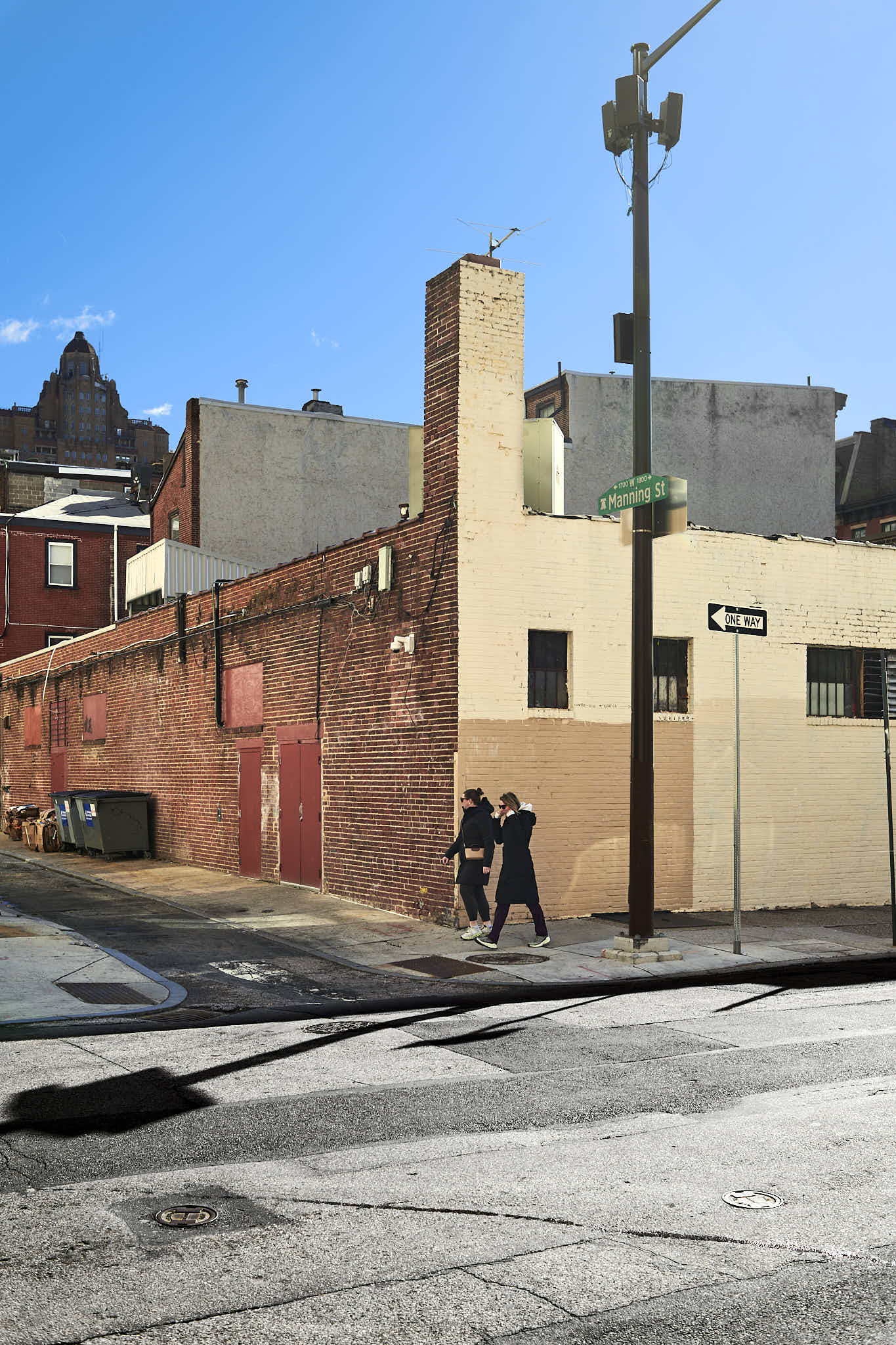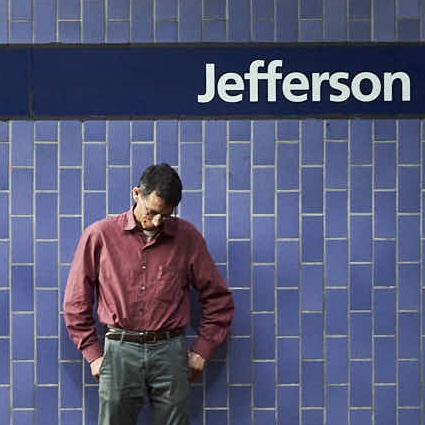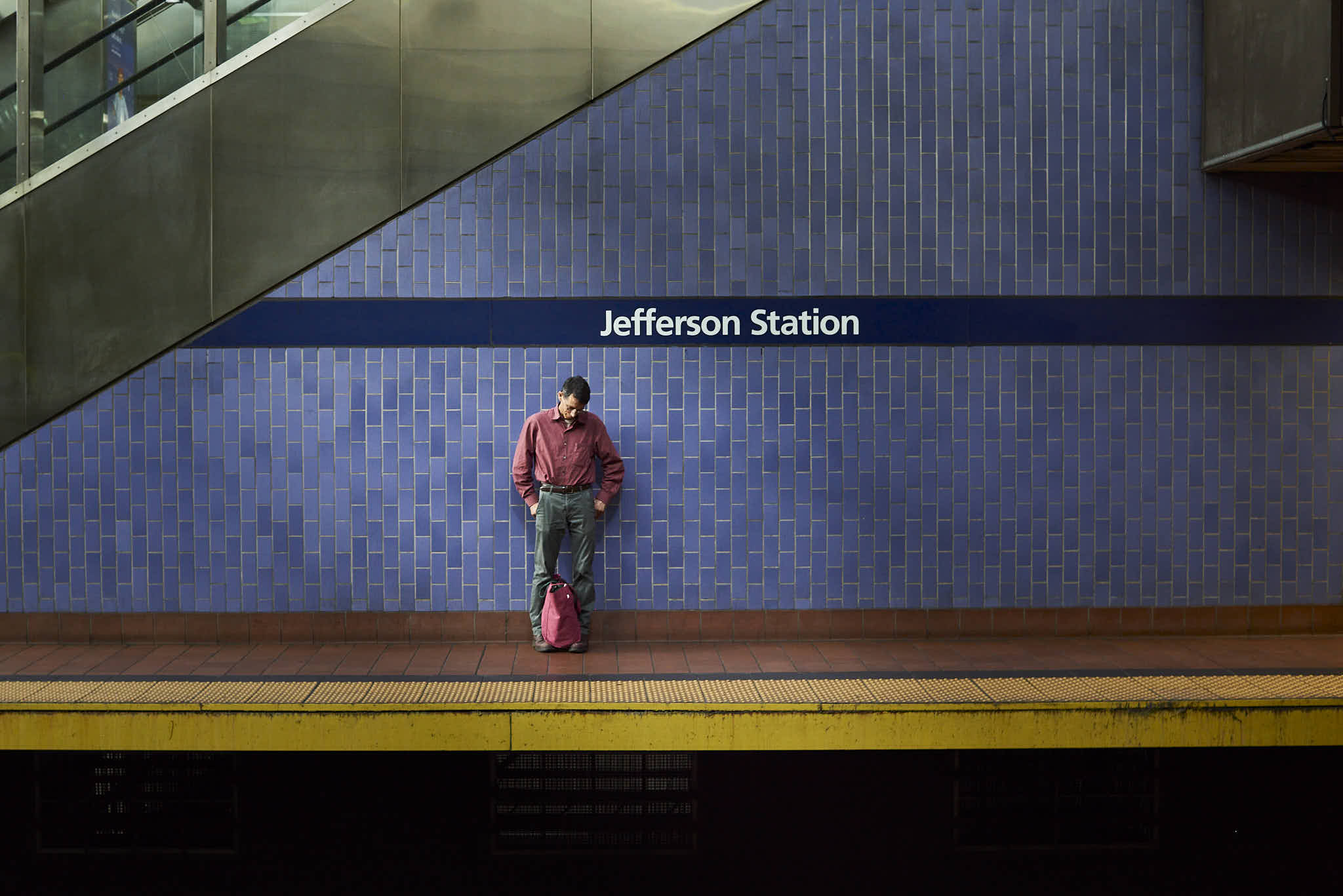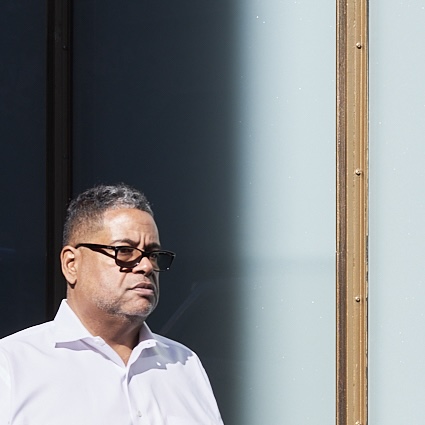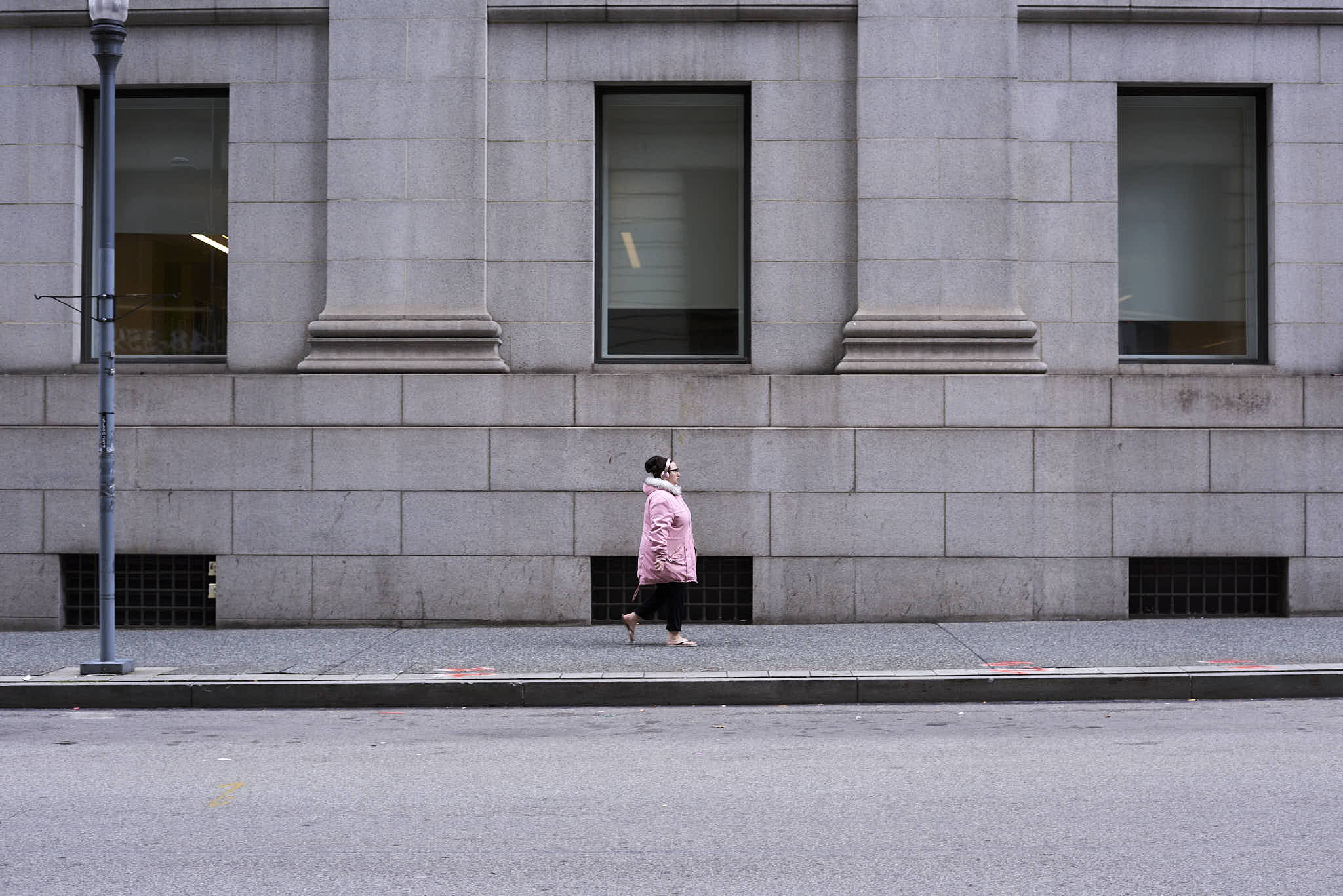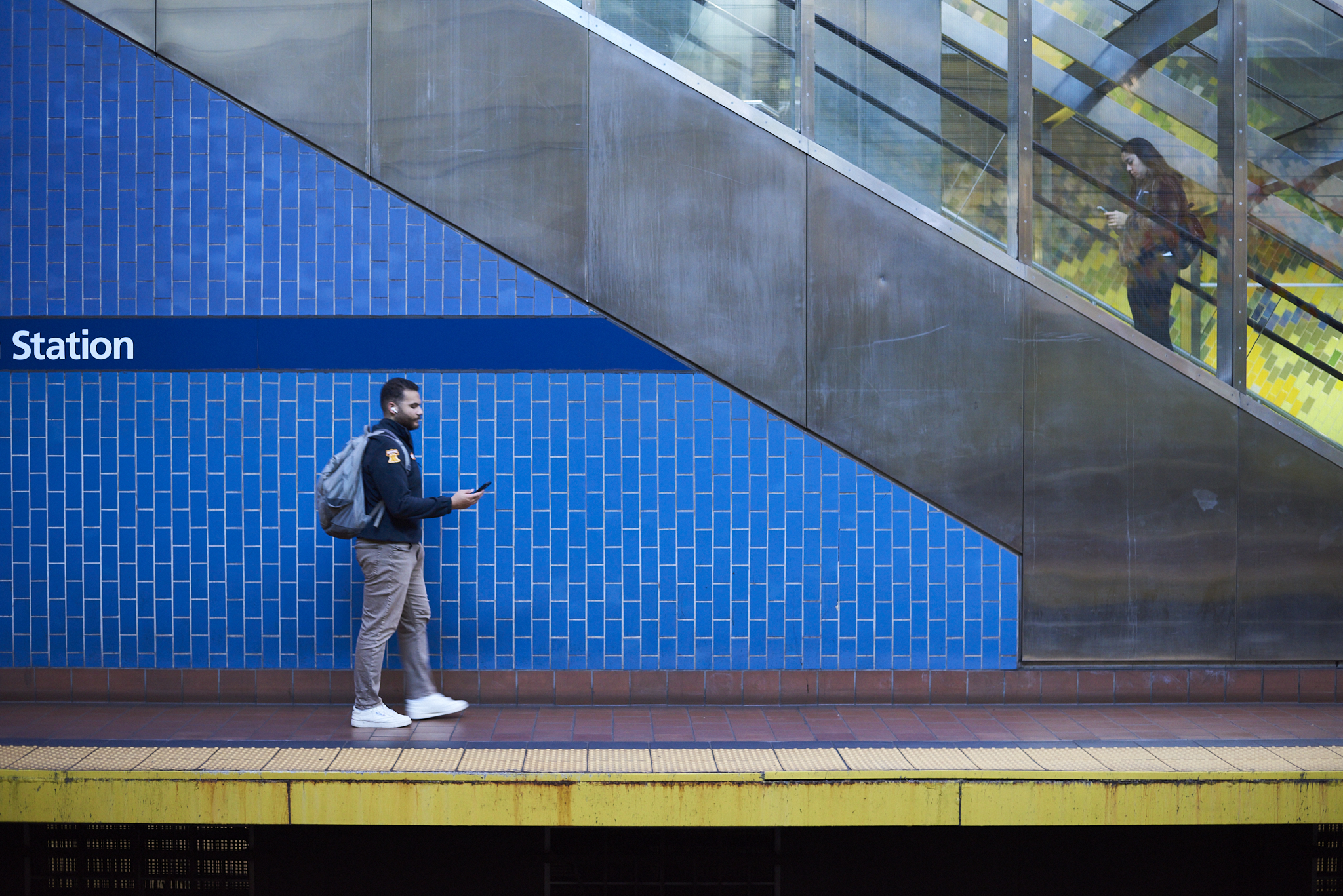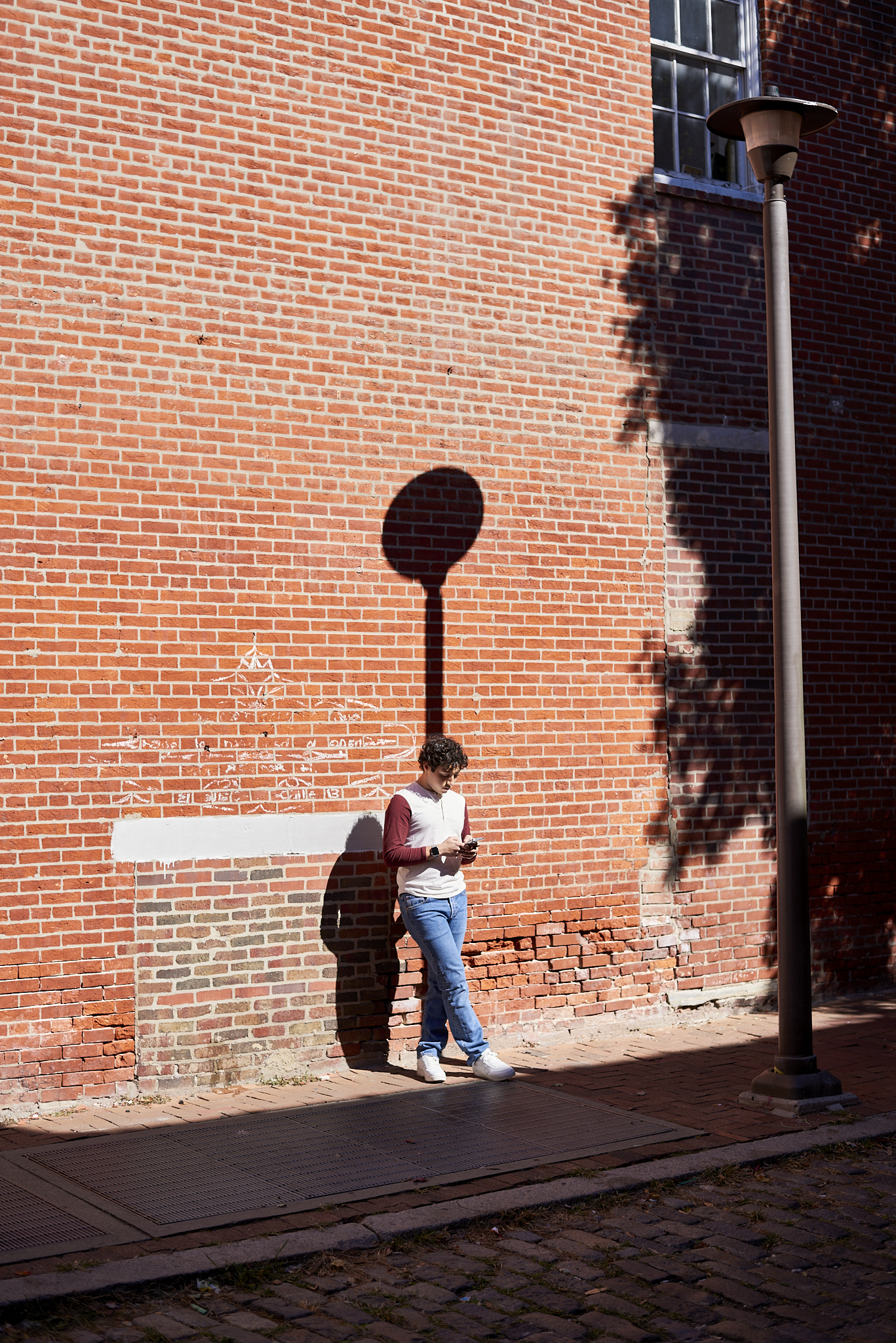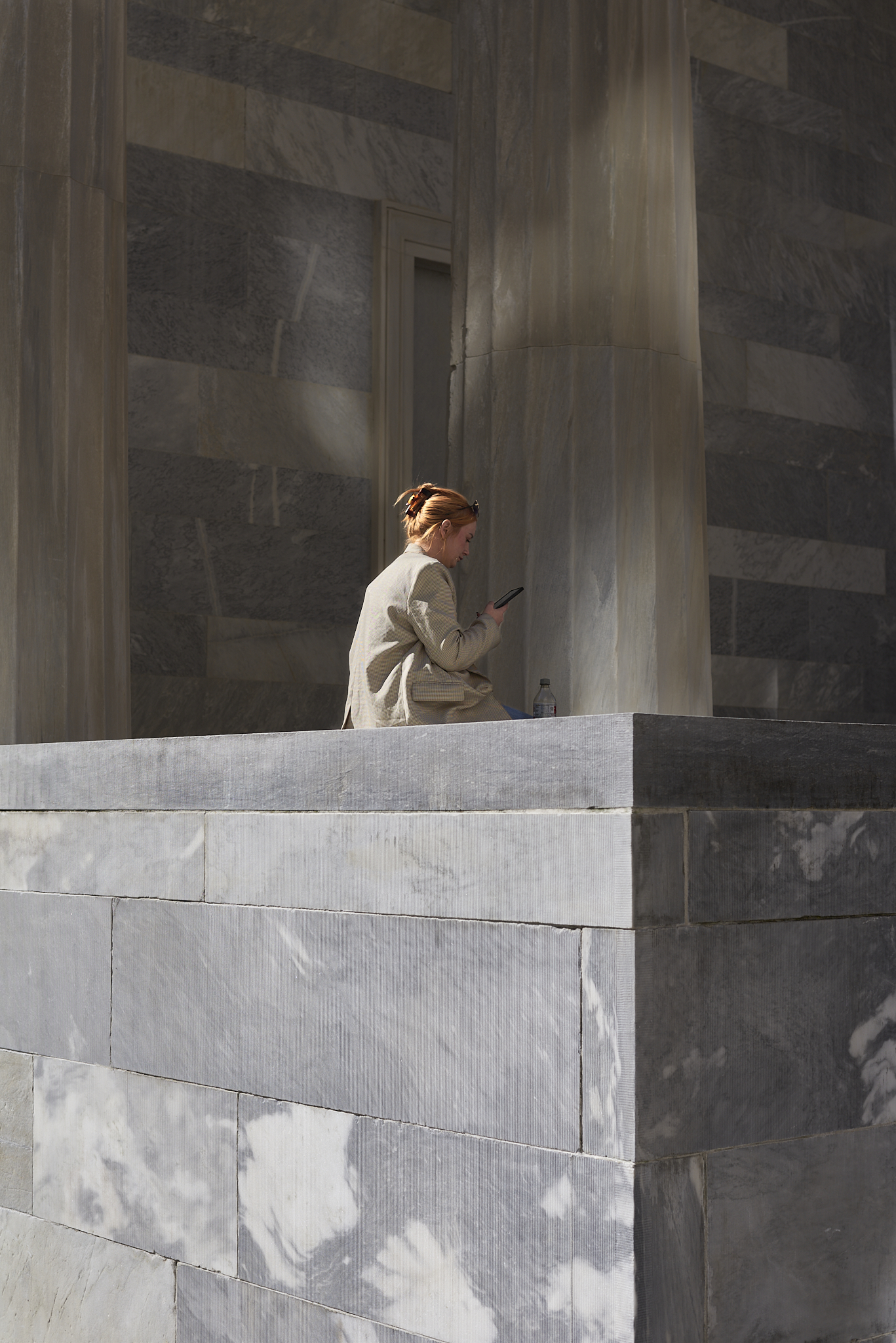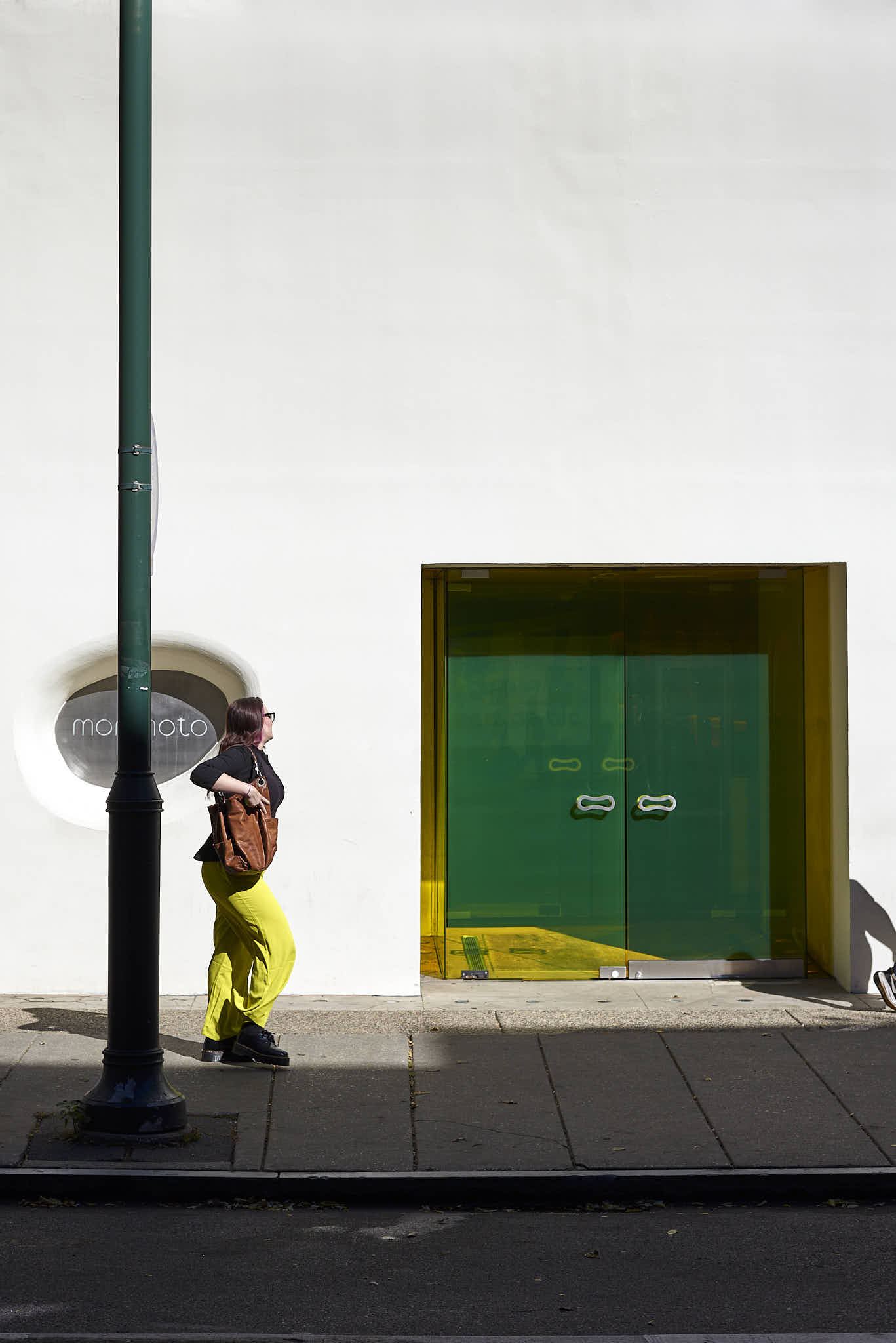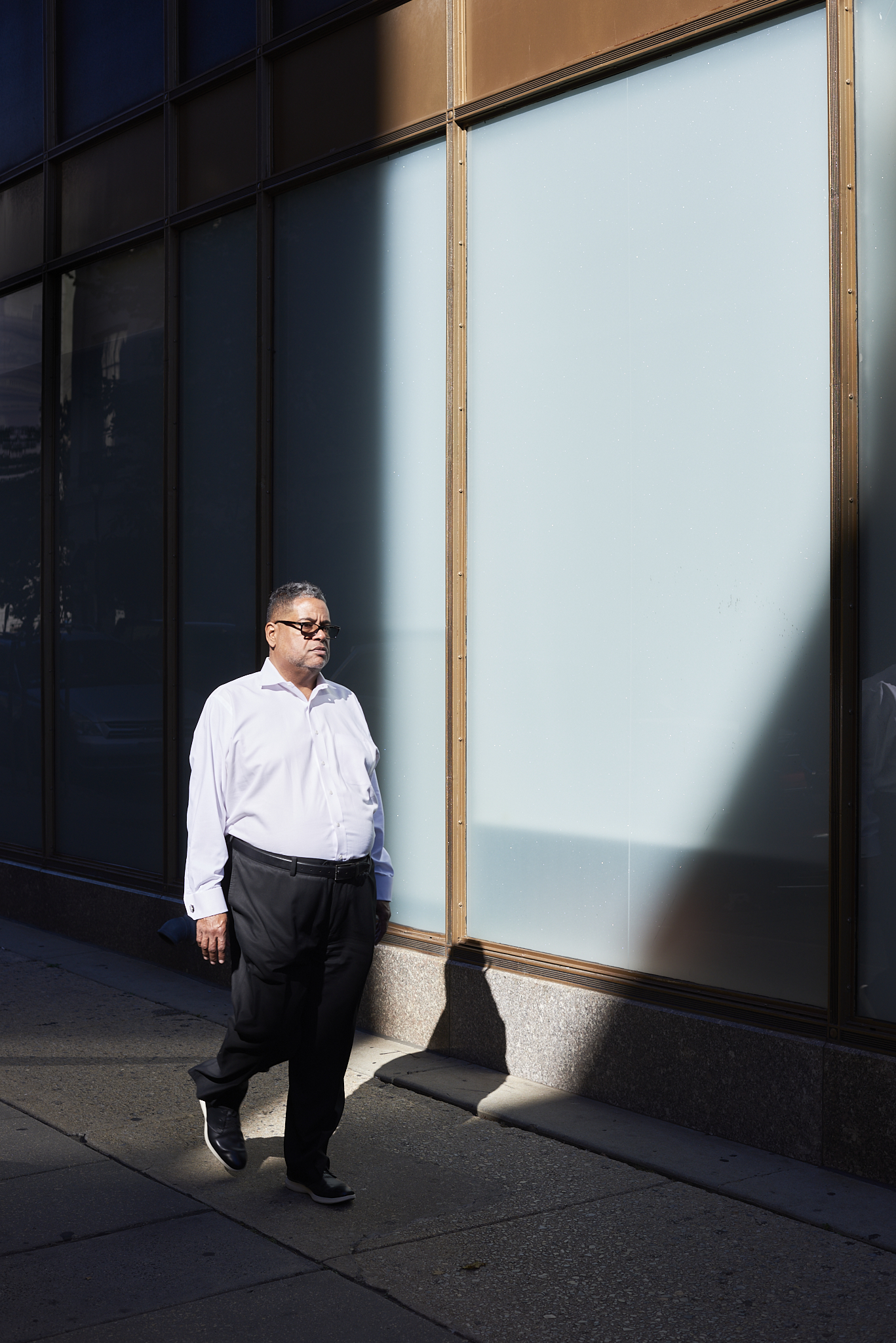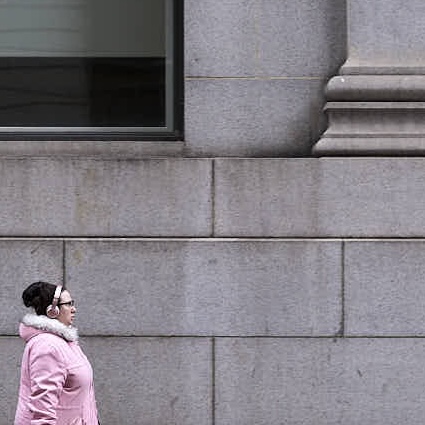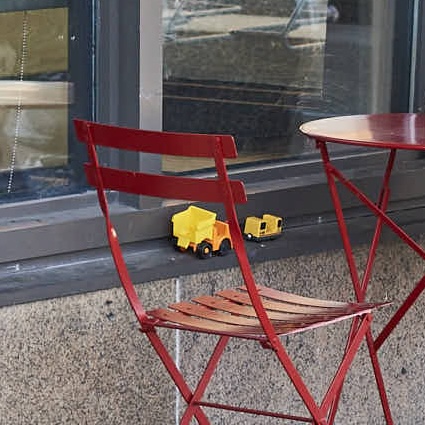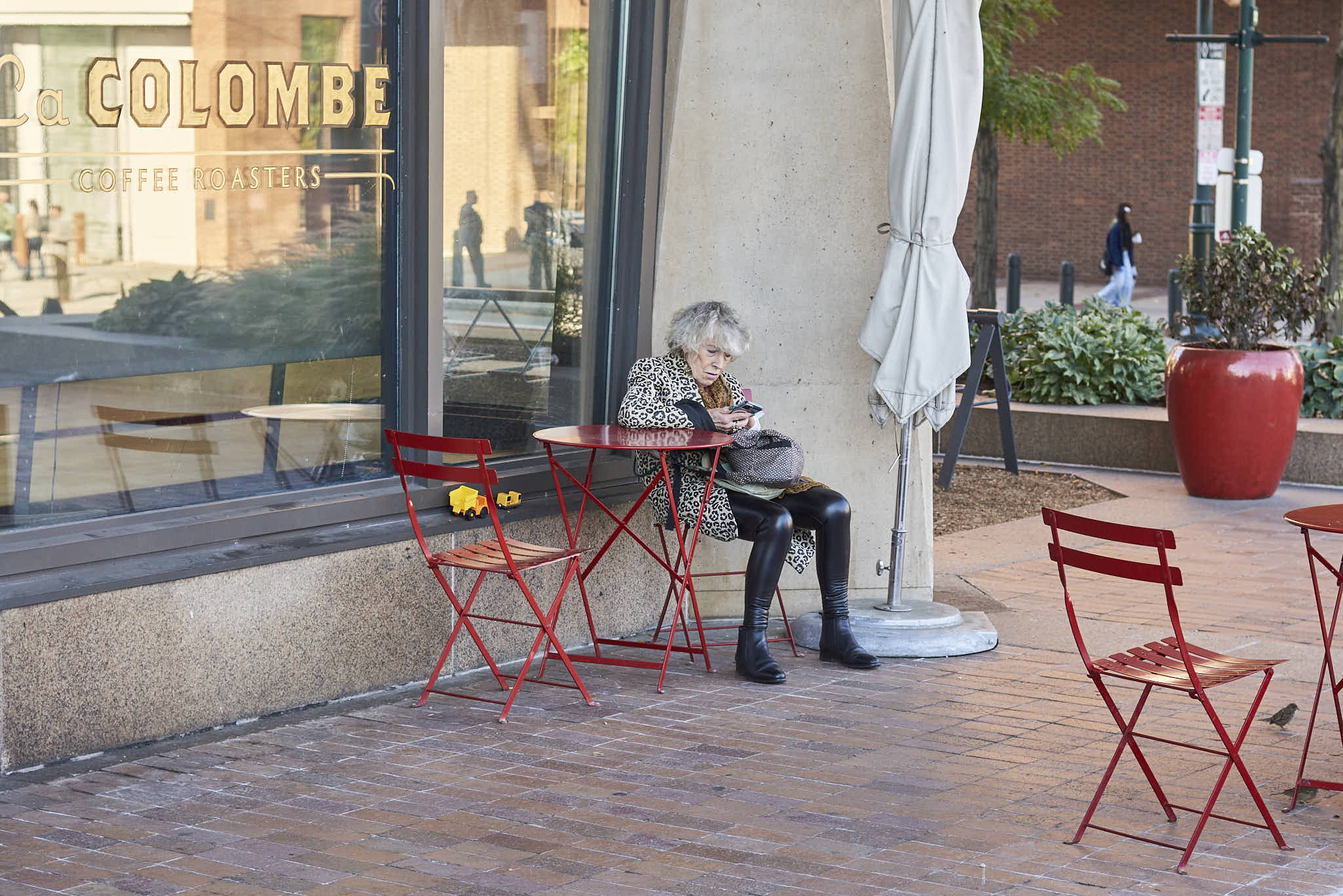When I reach the ridge, I see the scattering of utility poles. Their diminutive size, their construction, and the material all contribute to a sense of old. They bring power to a handful of houses, now owned by wealthy people who want to pretend they are also important. Signs all over the place screaming “Private Property” and “Do Not Enter” and “Private Road.” All five of the guys from that ’60s electrical band would be angry.

These hills and trails and firebreaks used to be open to the public, though not many people bothered to come up here. They weren’t maintained, weren’t sanitized. I don’t know if that was the draw, but it added to the attraction. You wandered up into these mountains because they differed from the paved streets below. And you wandered, following this game trail or that path, or climbed up that firebreak.
City planning and isolationist residents have tried to funnel people onto a single main trail. The traffic is destroying the trail (thanks in large part to mountain bike riders who insist on cutting the trails and dragging their rear tire down the steep sections). Before long the entire distance will be little more than a graded dirt road.
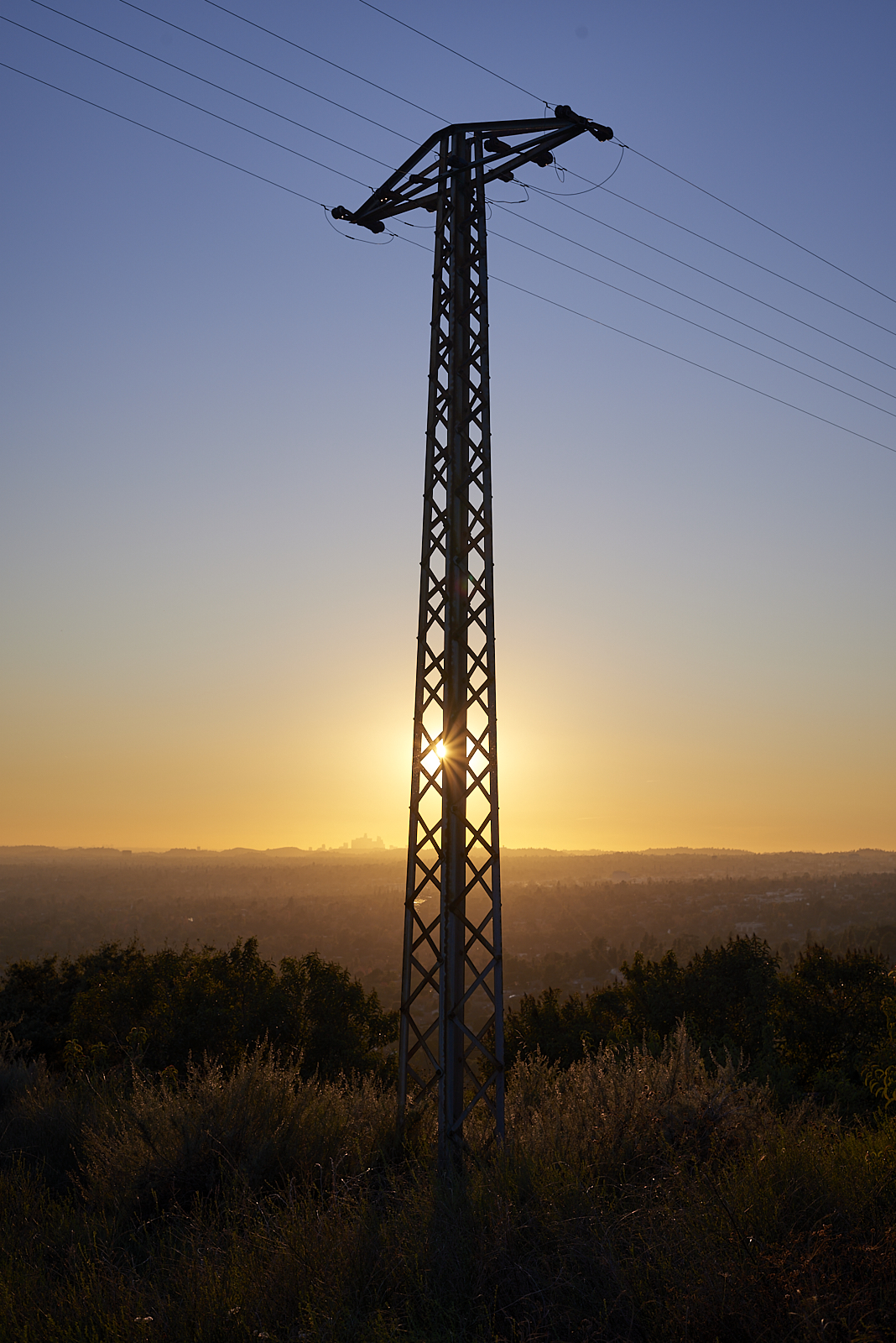
I sit up here in the evening and enjoy the quiet. The past was not better than the present, just different. It’s hard to imagine that one day somebody will look back longingly at this present and see it as the past. Will that person here the incessant “ding ding ding” of the bell on a mountain bike as it and rider careen down the trail?
